| | | |
Chaozhou Photo Gallery
|
A short bus ride away from Shantou is Chaozhou, a major cultural hub with its own unique dialect and cuisine. Chaozhou's decline took place in the 17th century when some 100,000 people were believed to have been killed for opposing the Qing Dynasty. Famine and poverty led to migration in the 19th century, spreading Chaozhou culture through the large overseas diaspora.
Paifang Jie consists of a series of memorial arches that line almost 2km of road in the old quarter.

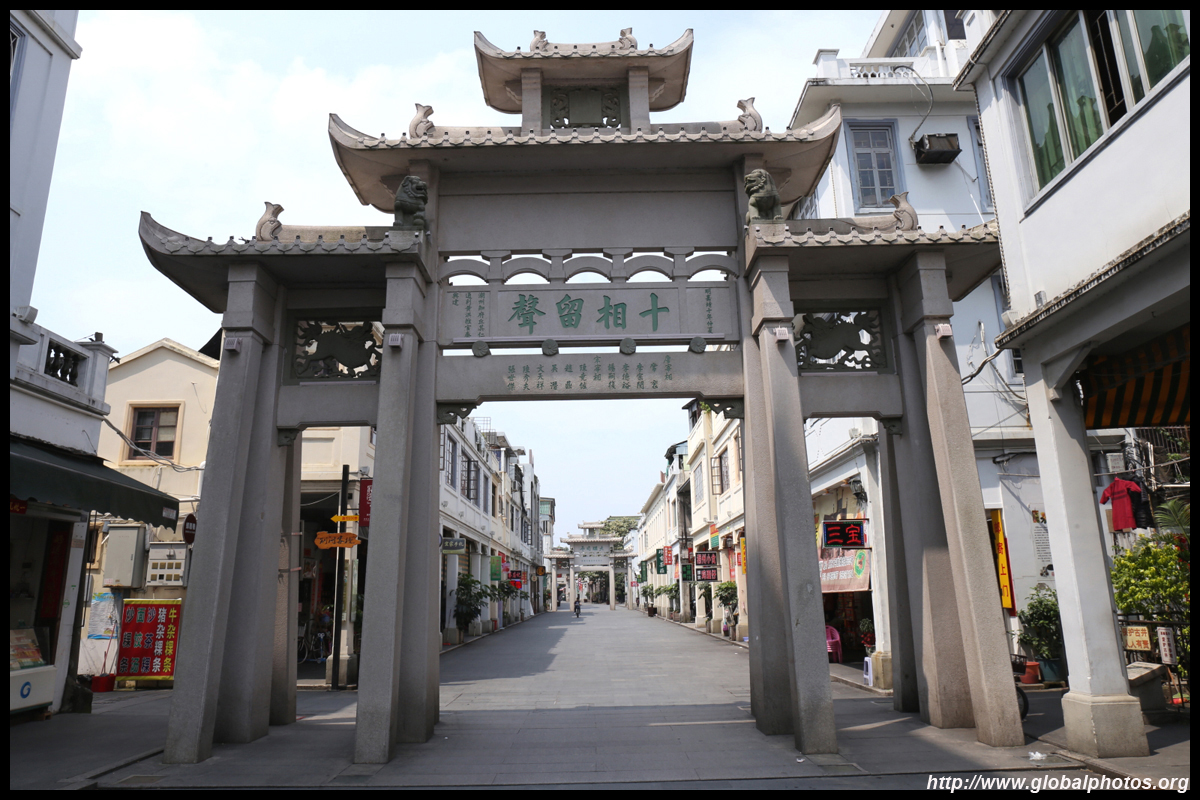
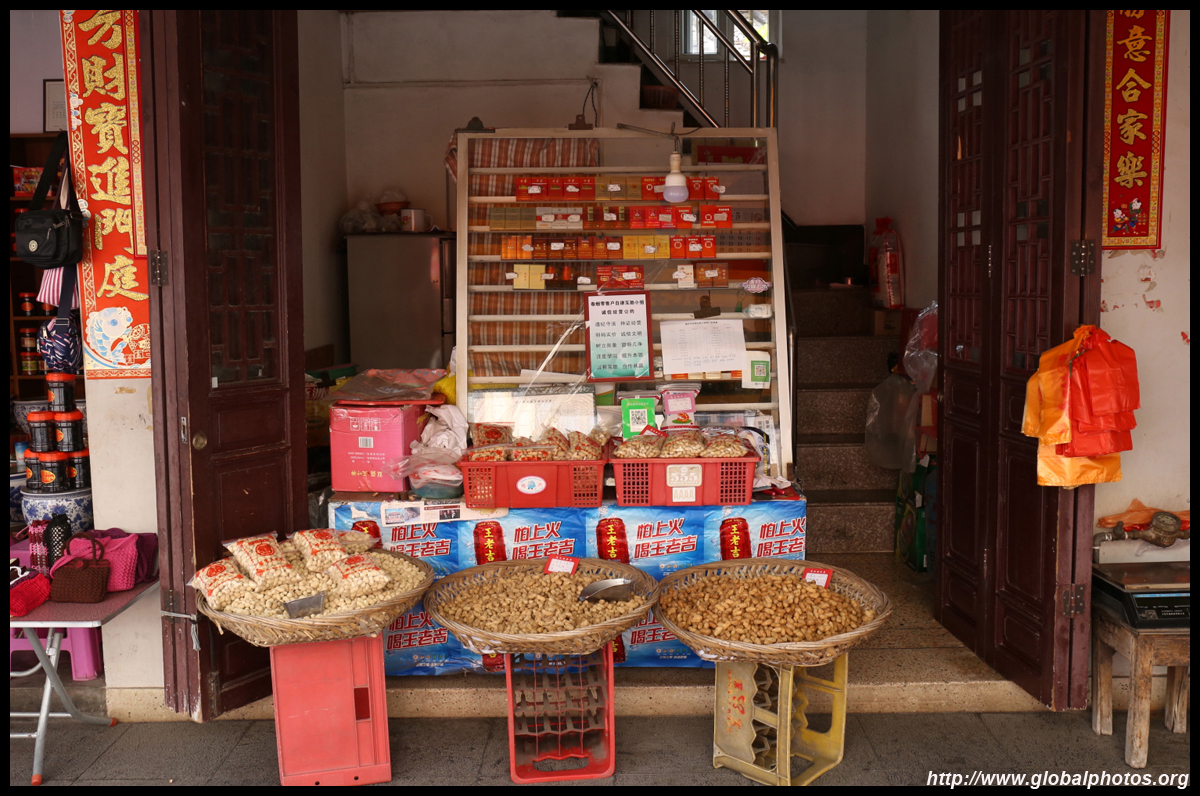


|

|

|

|

|
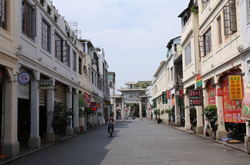
|

|
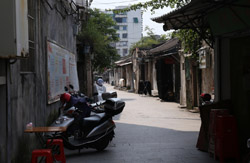
|

|

|

|

|

|
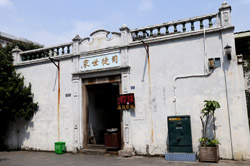
|
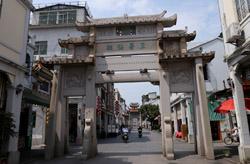
|

|
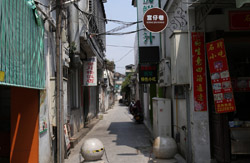
|
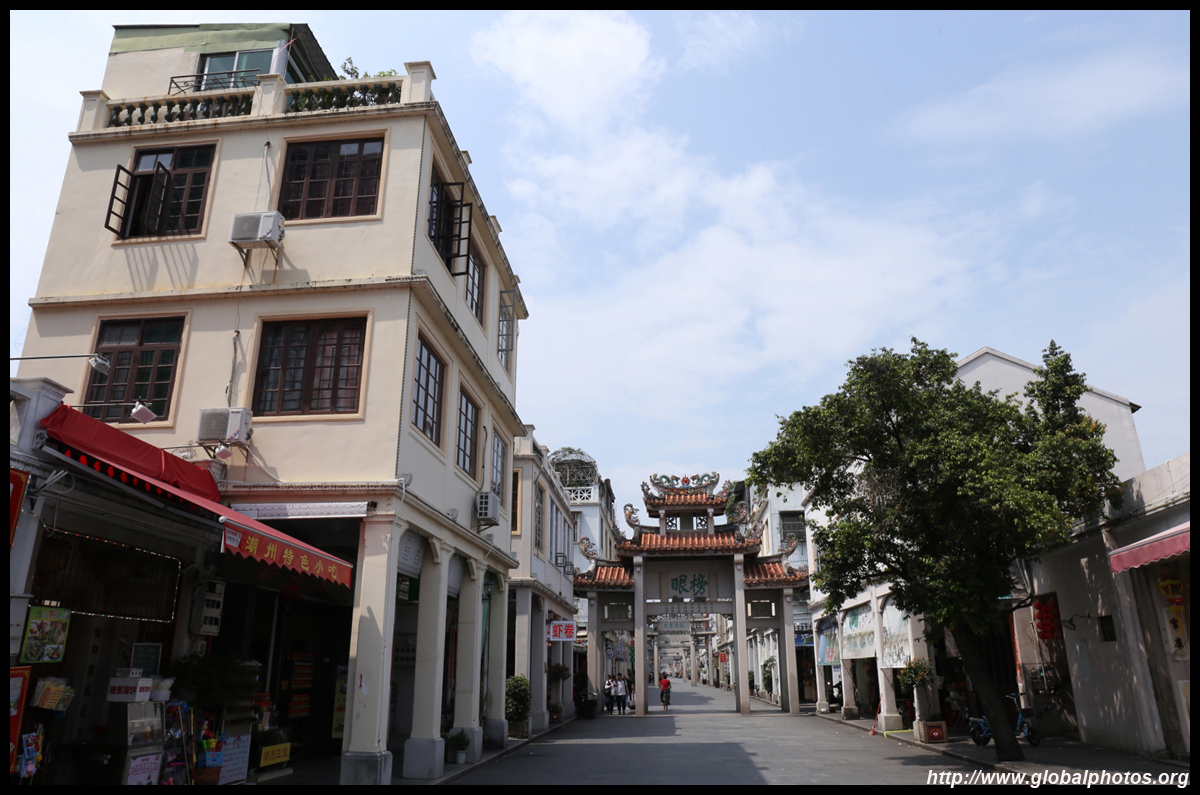

Many alleys branch out from the street and it is worth heading in to explore some of the historic homes that line both sides. While they're hidden behind high walls and gates, do notice the decorative details on their doors.

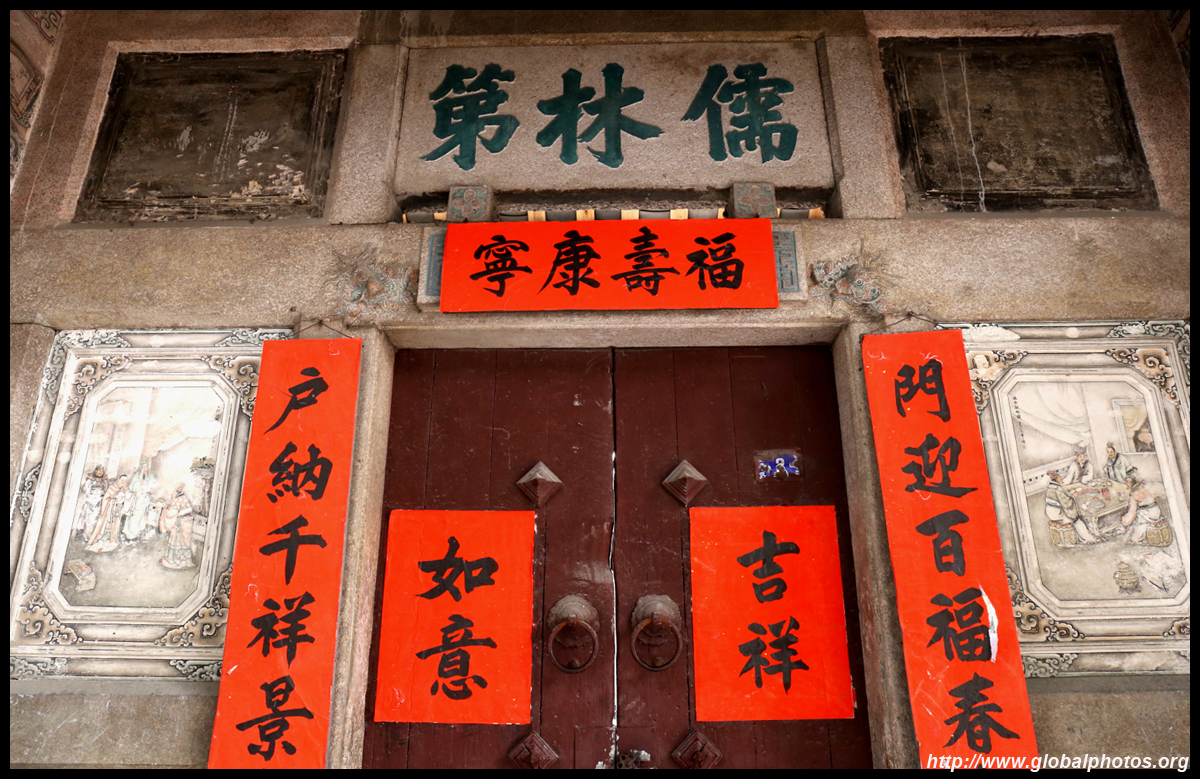

|
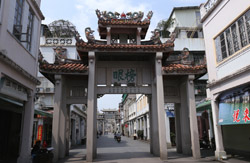
|
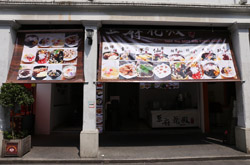
|

|
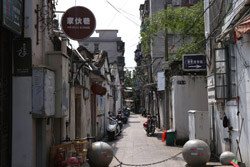
|

|
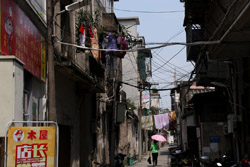
|
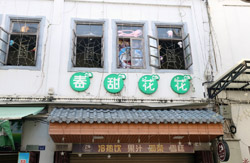
|

|
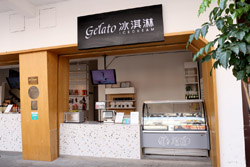
|

|
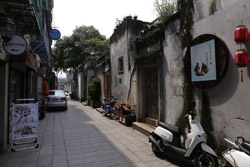
|
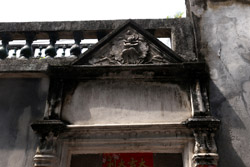
|

|
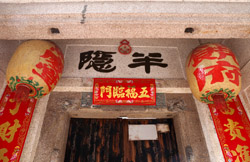
|
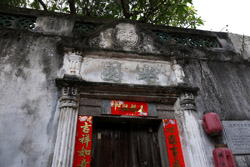
|
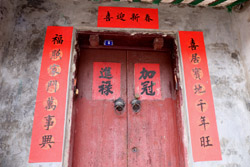
|





|
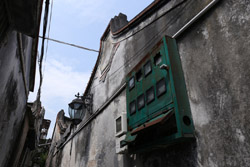
|
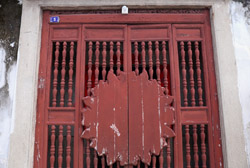
|
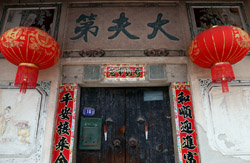
|

|

|
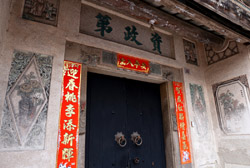
|
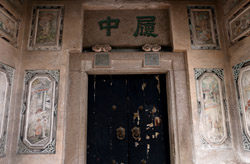
|

|
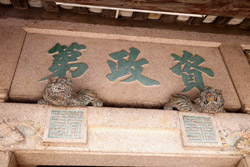
|

|

|
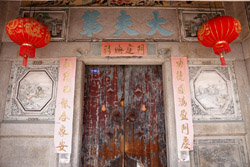
|
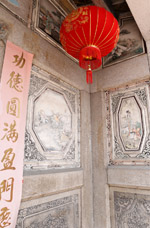
|
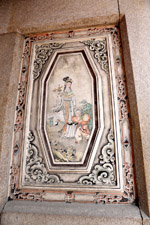
|

|
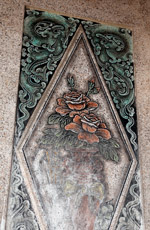
|



|
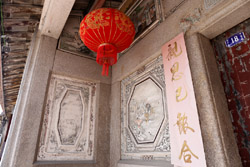
|
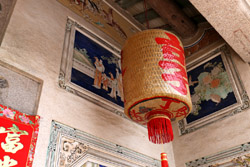
|

|

|
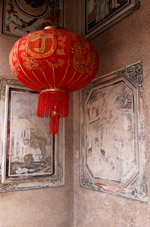
|
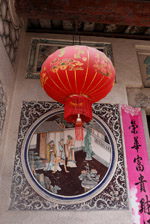
|

|
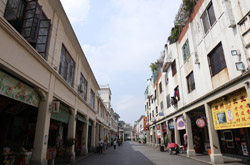
|
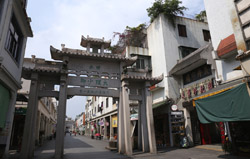
|

|
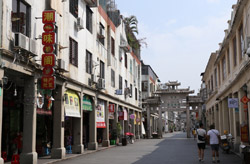
|

|

|

|

|
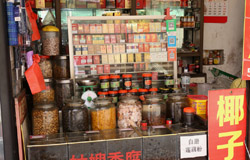
|

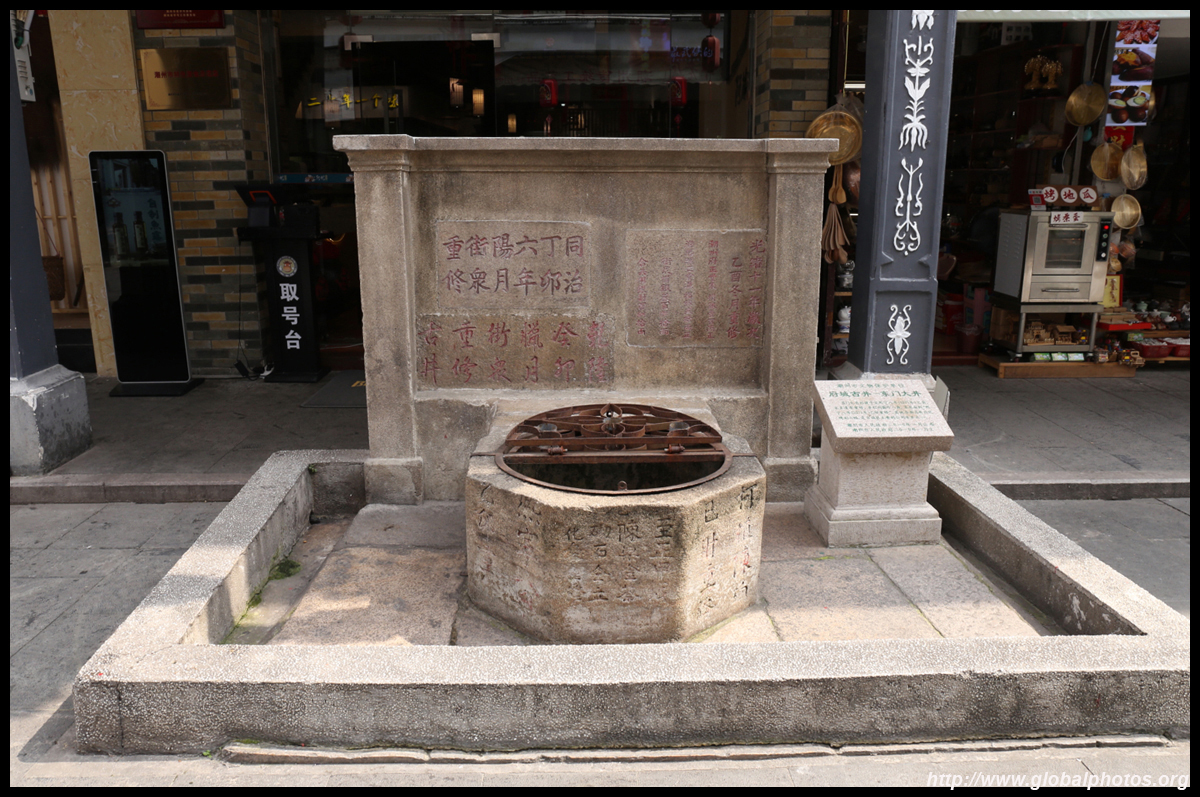

|

|

|

|

|

|

|

|

|
Kaiyuan Temple was founded in AD 738 and has a few buildings and courtyards worth a look.

|

|

|
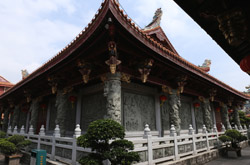
|

|

|

|

|

|
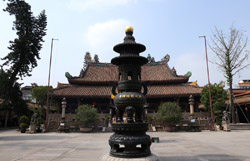
|

|

|

|

|

|

|

|
The historic centre comprises of lowrise buildings, but I found a higher vantage point to see the rooftops with few other tourists around.
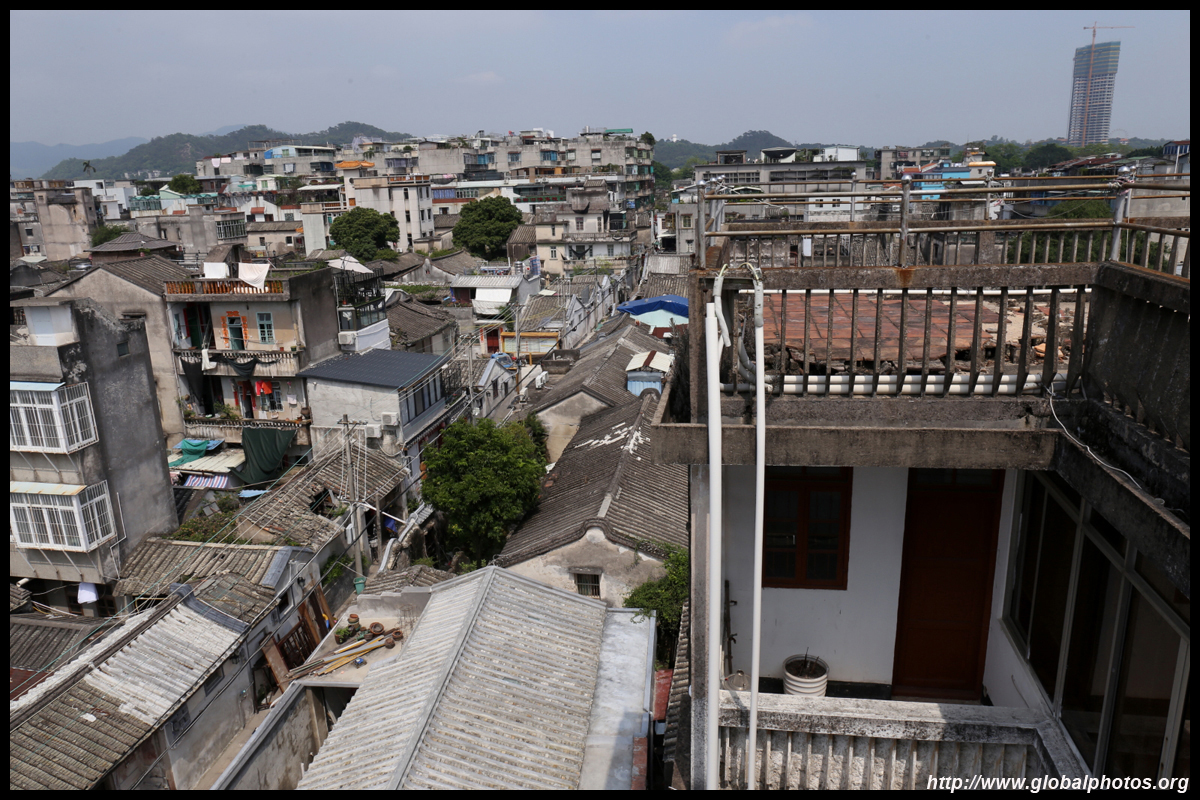


|

|
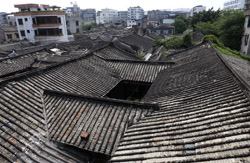
|

|

|

|

|

|

|

|

|
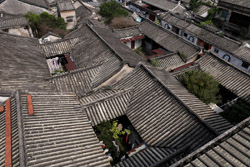
|

|

|

|

|
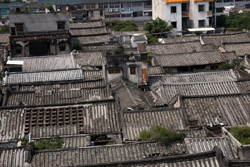
|


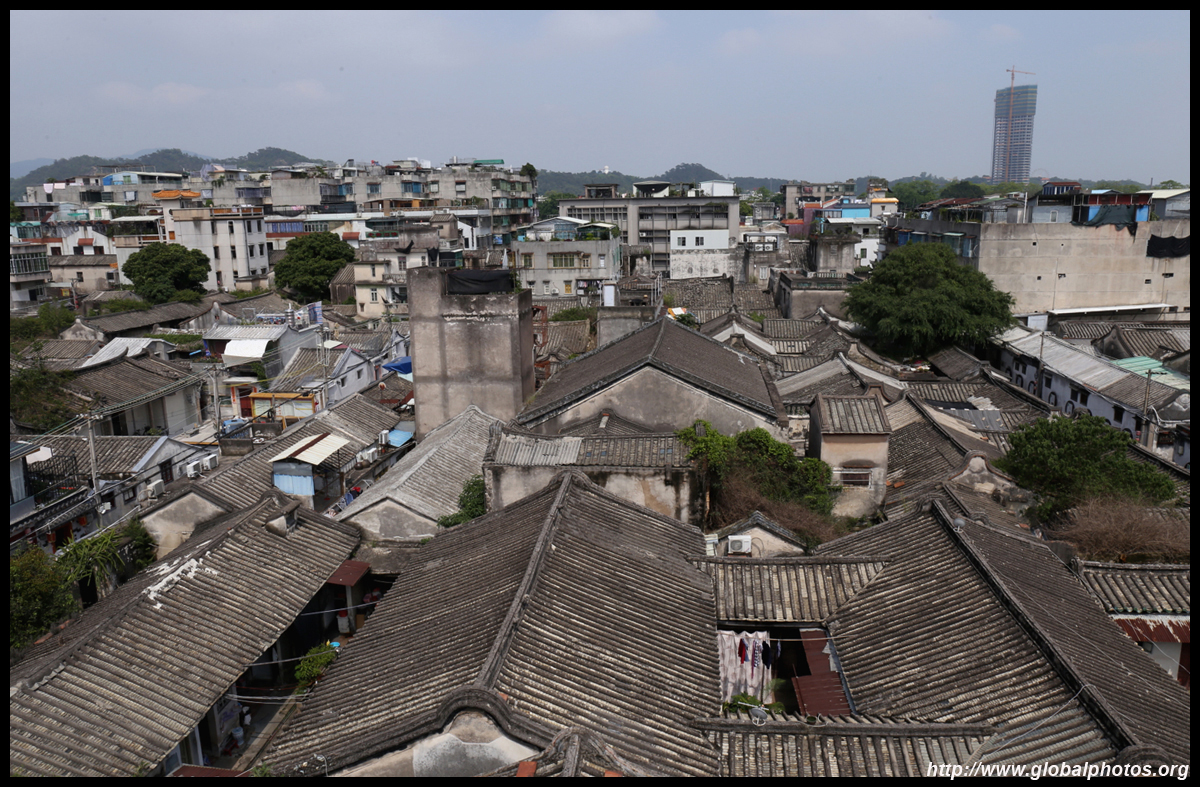
|
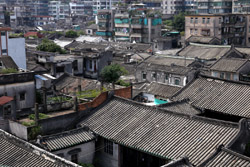
|
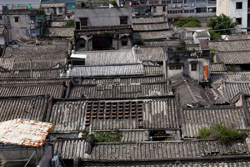
|
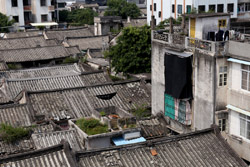
|

|
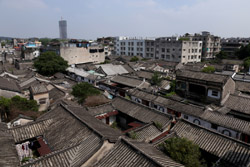
|

|
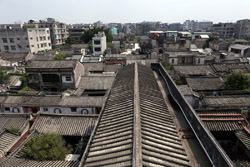
|

|
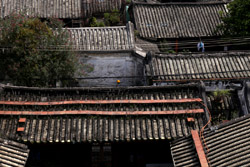
|

|
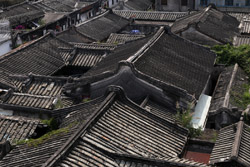
|
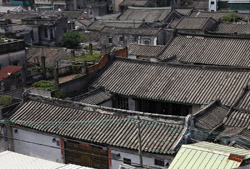
|

|

|
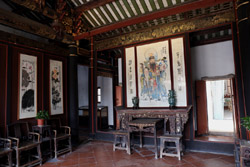
|

|
A short walk away from the main tourist street with the arches, the 7m-high Ming era walls mark the riverfront at the eastern end of the historic centre.
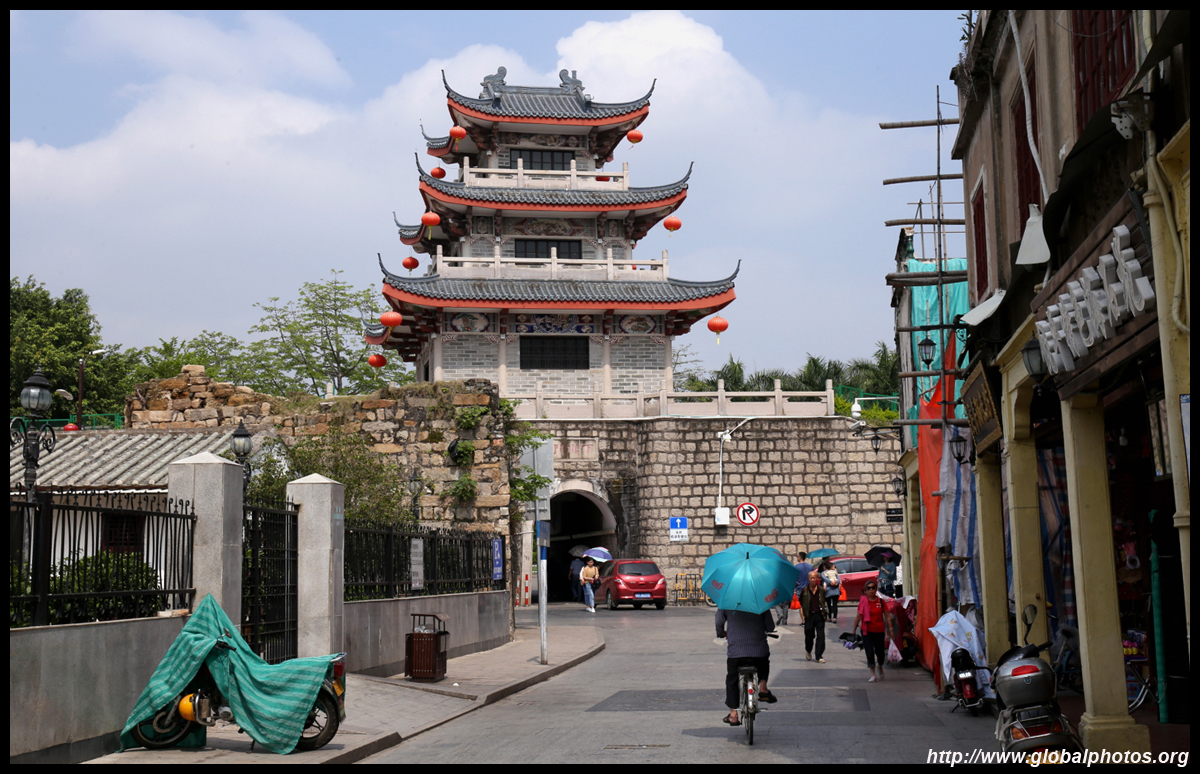

From the walls, you can easily spot Guangji Bridge, a pontoon bridge that, in the 12th century, was made of 86 boats. Today's version uses only 18 wooden boats linked by 24 pagoda-topped stone piers.

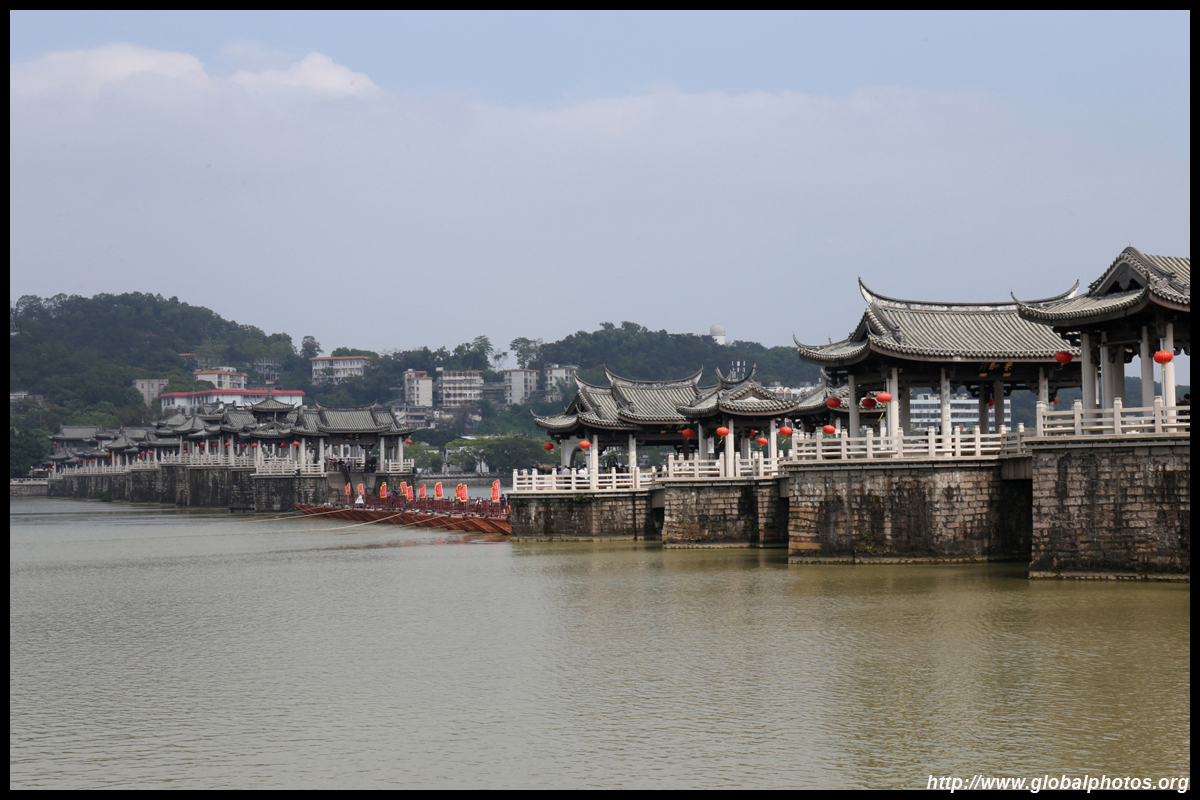

|

|

|

|

|
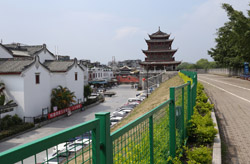
|
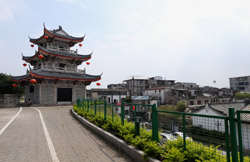
|
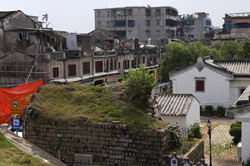
|

|

|
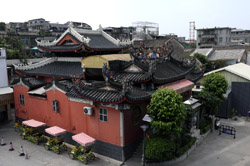
|

|
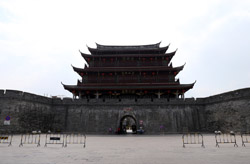
|

|
Wandering into the local side streets, the scenes are gritter and more interesting.



|
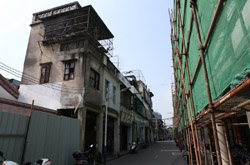
|
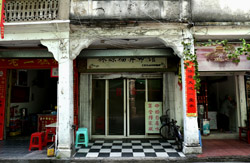
|
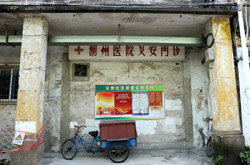
|

|

|

|
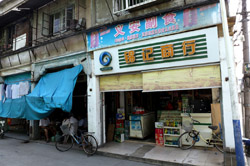
|

|

|

|

|

|

|

|

|
After about a 15 minute walk from the historic centre, I arrived at this mansion belonging the Xu family, which dates from the Song Dynasty. Xu had connections to the imperial family.



|

|

|
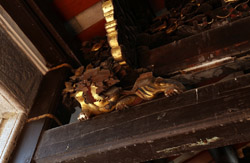
|
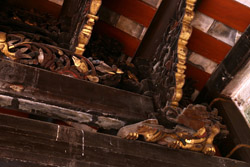
|

|

|
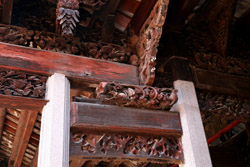
|

|

|

|
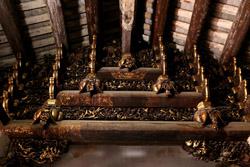
|

|

|
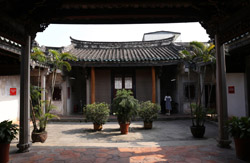
|
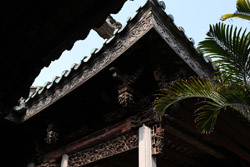
|

|



|

|

|

|

|

|

|

|

|

|

|

|

|

|

|

|

|

|
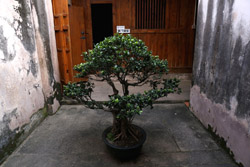
|
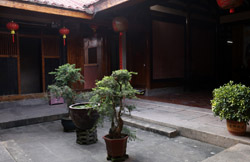
|

|
Getting to the eastern part of Guangdong is fairly easy today. The Chaoshan high-speed train station is located in between Chaozhou and Shantou with express bus routes linking to both cities.
Chaoshan is only a 2 hour train ride to Shenzhen so a long weekend escape to the region is perfectly feasible.



|